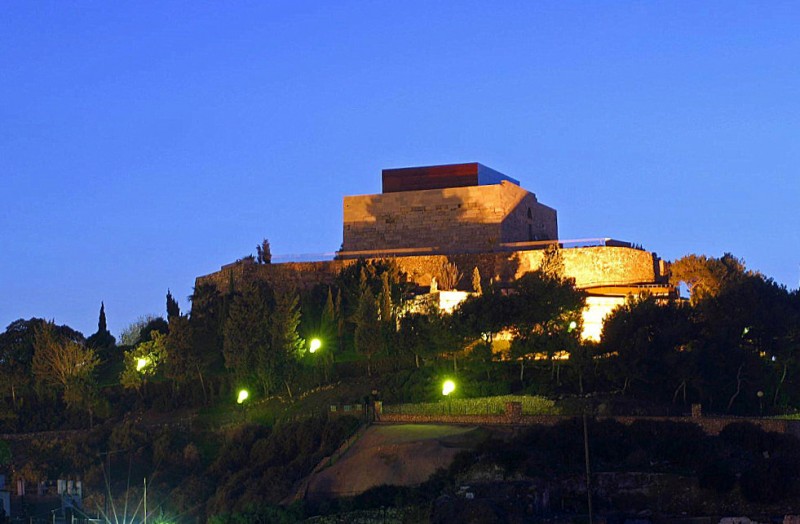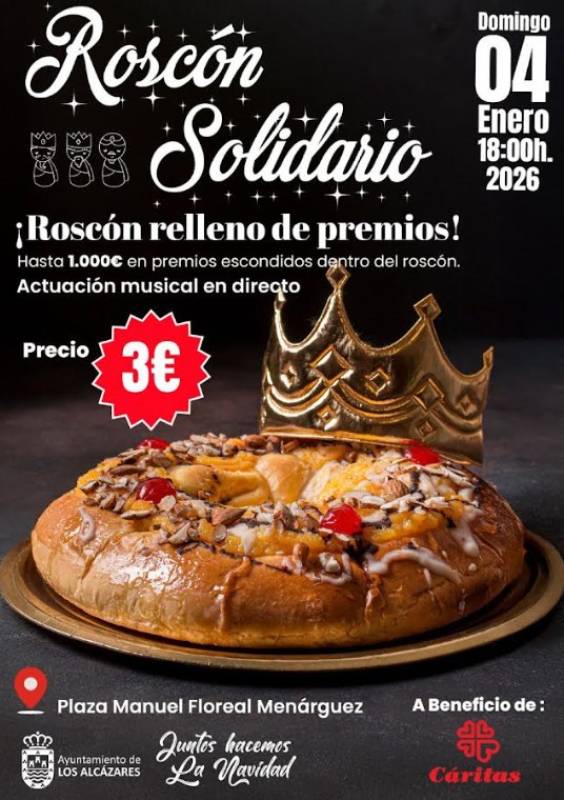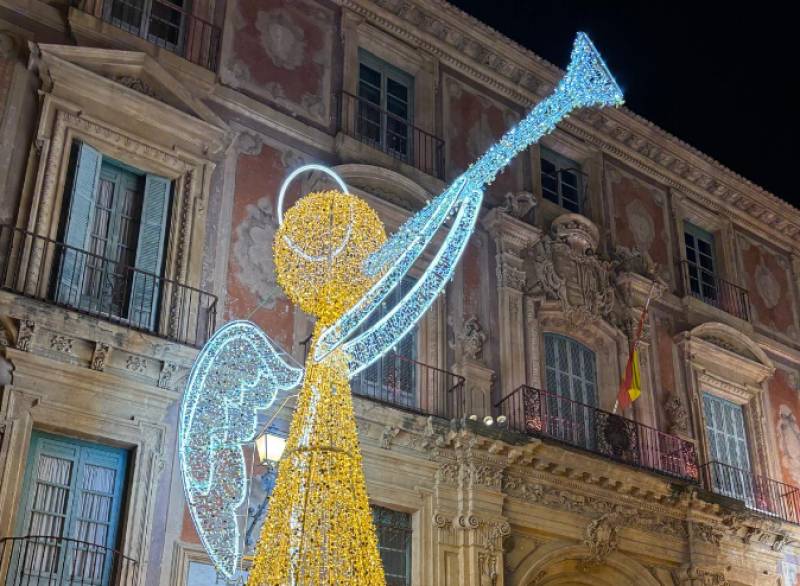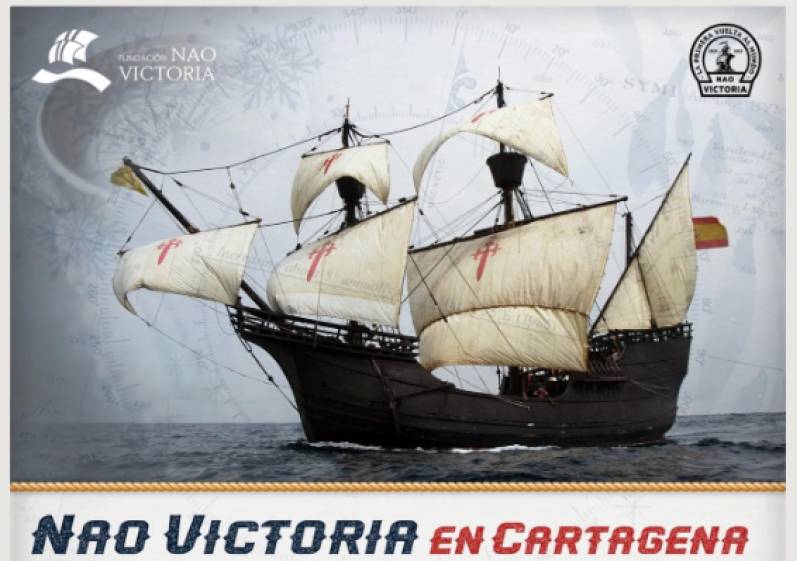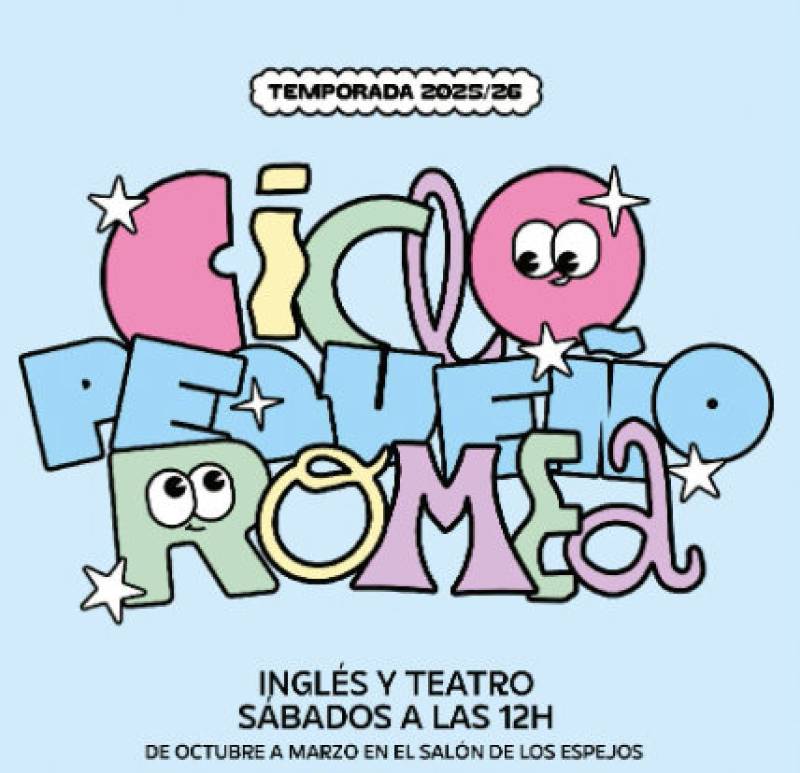
To be listed on the CAMPOSOL TODAY MAP please call +34 968 018 268.

Guidelines for submitting articles to La Manga Club Today
Hello, and thank you for choosing La Manga ClubToday.com to publicise your organisation’s info or event.
La Manga Club Today is a website set up by Murcia Today specifically for residents of the urbanisation in Southwest Murcia, providing news and information on what’s happening in the local area, which is the largest English-speaking expat area in the Region of Murcia.
When submitting text to be included on La Manga Club Today, please abide by the following guidelines so we can upload your article as swiftly as possible:
Send an email to editor@lamangaclubtoday.com or contact@murciatoday.com
Attach the information in a Word Document or Google Doc
Include all relevant points, including:
Who is the organisation running the event?
Where is it happening?
When?
How much does it cost?
Is it necessary to book beforehand, or can people just show up on the day?
…but try not to exceed 300 words
Also attach a photo to illustrate your article, no more than 100kb

The Castillo de la Concepción, a hilltop fortress at the highest point in the historic city of Cartagena
The old keep has been converted into a museum dealing with the 3,000-year history of Cartagena
The Castillo de la Concepción is a 13th or 14th century medieval fortress at the top of the hill known as the Cerro de la Concepción in Cartagena, one of the five hills which dominated the isthmus on which the city still stood at the time when the fortification was built.
Sometimes known by locals as the "Castillo de los Patos" (castle of the Ducks), it was built using stone blocks which had originally formed part of the structures in the Roman city of Carthago Nova, some of them taken from the Roman amphitheatre, the remains of which are only now beginning to come to light as excavations begin alongside and beneath the 19th century bull ring. The castle is considered such an emblem of the city that it is represented in Cartagena’s coat of arms, and the location at the highest point of the city meant it continuing to be important in the 20th century, when the air raid warning siren was installed here during the Spanish Civil War (1936-39).
(Click here for more about the history of Cartagena.)
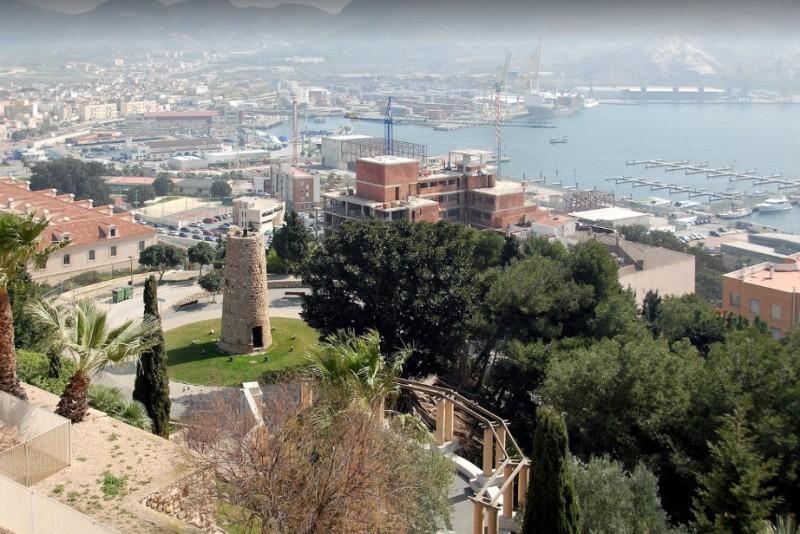
Nowadays the keep is home to an interpretation centre or museum dealing with the history of Cartagena, with a series of displays designed to entertain as well as inform, and the installation of the panoramic lift has made it easily accessible to all. On top of which, of course, the view from the top of the lift is an impressive one which makes it possible to visualize how the city has been defended over the last 2,500 years by a succession of civilizations including the Iberian tribes, the Carthaginians, the Romans, the Moors and of course warring factions of Christian rulers ever since the 13th century.
It is not clear when the first buildings were constructed on the hill, but the Greek historian Polybius reports that in Roman times there was a temple dedicated to the deity Asclepius, the son of Apollo and Coronis and god of medicine. Recent restoration work revealed that the lower part of the structure was built re-using Roman water tanks which may have been part of that temple or may belong to another structure dating from the Byzantine period.
A thousand or so years later it is now known that the Moors established an important town or city in what is now Cartagena from the 10th century onwards, especially during the 12th century, and it has been established that part of the walls of the castle which can be seen today correspond to turrets belonging to a Moorish fortress. Also still standing from the Moorish period, which came to an end in the Region of Murcia in the 13th century, is a watchtower on top of which fires were lit, possibly acting as a lighthouse looking out over the bay.
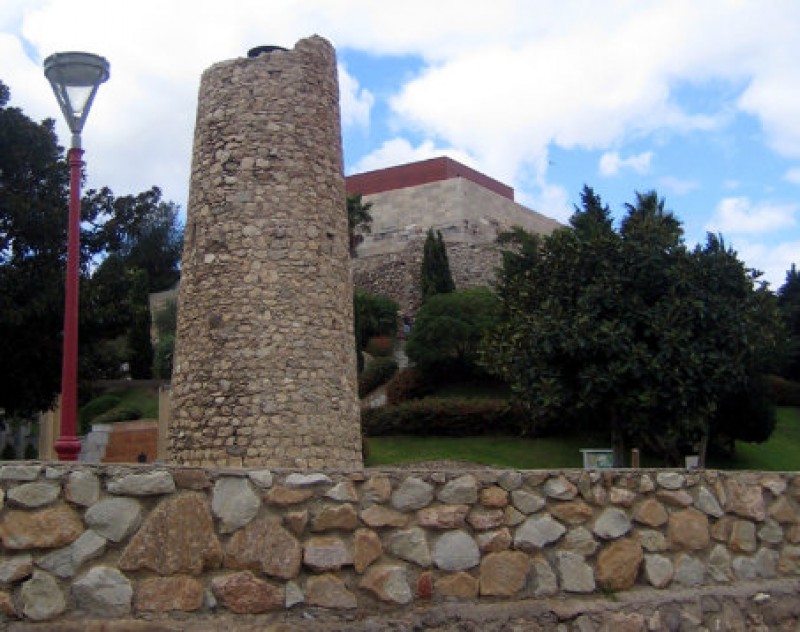
But the castle and keep as they can be seen today were built almost entirely after the Reconquista by Christian forces in 1245 in Cartagena. With the Moors still ruling not far away in Andalucía defensive structures were of vital importance in Murcia and the remains of the Moors’ castle were quickly built at the highest point in the city during the reign of Alfonso X el Sabio (1252-84) before the fortress was enlarged under Enrique III (1390-1406).
At that point Cartagena was the only significant port in the kingdom of Castilla, sandwiched as it was between the Moors in Granada and the kingdom of Aragón, and this made it an essential part of the military strength of Alfonso X. During his reign Alfonso created the Order of Santa María de España to fight the Moors at sea, but various naval defeats caused him to dissolve the organization and with the strategic importance of Cartagena diminished, the intended castle was not fully completed.
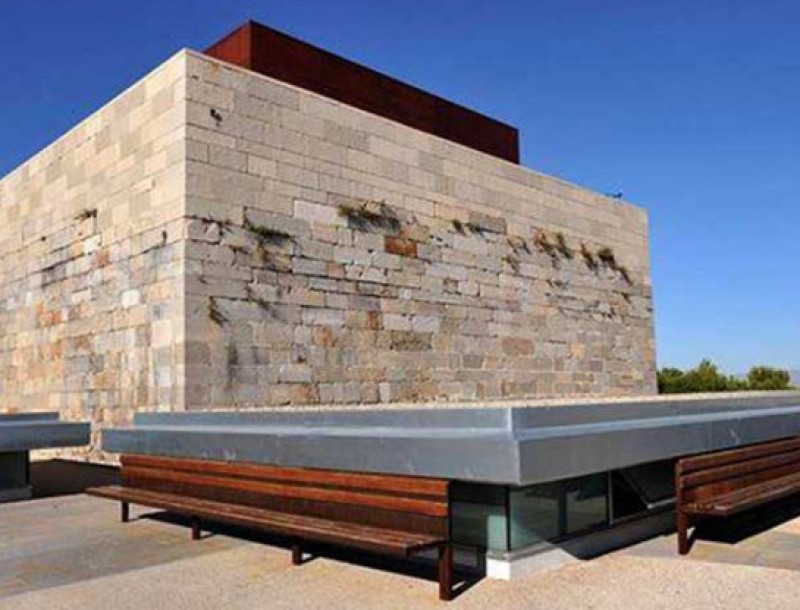
Entrance to the fortification was via a monumental arch known as the Puerto de la Villa, flanked by two towers, and inside the keep, known as “El Macho”, was the most imposing structure. It was made partly of grey limestone from the mountain of Cabezo Gordo in Torre Pacheco and pinkish travertine from Mula, and partly of stone re-used from the Roman city of Carthago Nova, including the large “Lucio Emilio Recto” block which was placed over the entrance to the tower.
In the late 17th and early 18th centuries the Castillo de la Concepción was enlarged to house a garrison – for this reason one of the rooms is a rudimentary kitchen – and to house weapons, but over the centuries the condition of the keep deteriorated to the point where early in the 20th century the Town Hall considered demolishing it. Instead, in the 1930s the area was converted into a large public park with gardens, ponds and animals, but it was not until 2002 that the fortress itself was at least partly restored and the keep transformed into the interpretation centre which can be visited today.
The museum
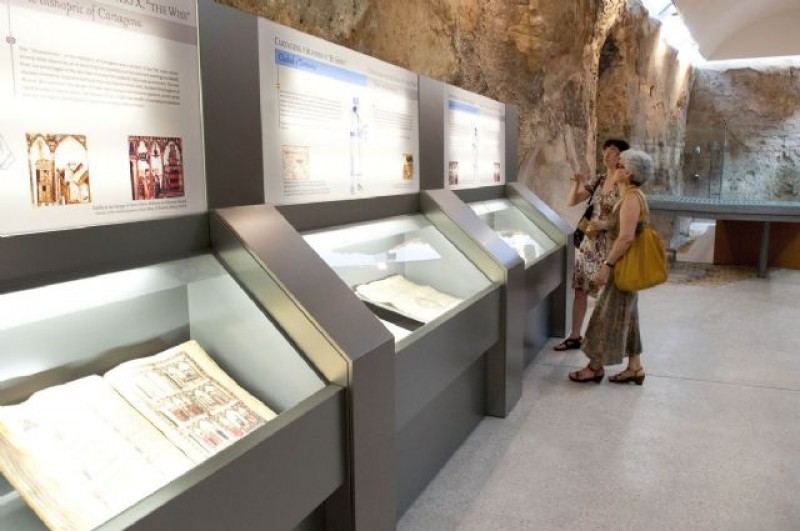
The first floor of the museum offers a chance to see the city of Cartagena from various different perspectives throughout its history, and on the second floor there are opportunities to learn about some of the most important characters in the history of the city, while from the rooftop terrace the views are complemented by modern observation techiniques to help discover the most important historic locations of the city.
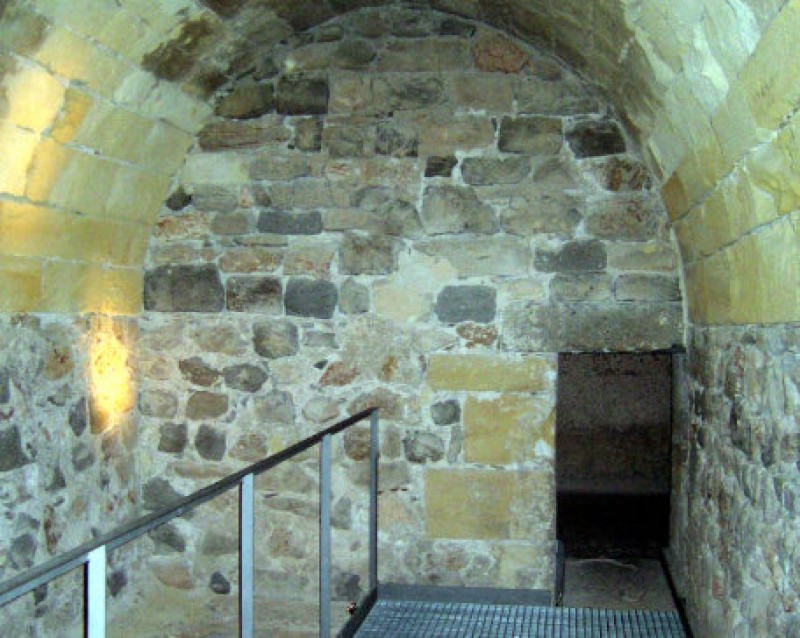
Down below, meanwhile, the old water tanks and deposits are full of surprises, and other rooms offer a glimpse into the Cartagena of the Middle Ages .
Opening Times
High season (1st July to 15th September): Every day of the week from 10.00 to 20.00.
Mid season (15th March to 30th June and 16th September to 1st November): Tuesday to Sunday 10.00 to 19.00, except during Semana Santa when the museum opens on Monday as well.
Low season (2nd November to 14th March): Tuesday to Sunday 10.00 to 17.30.
The museum closes on the holidays of 1st and 6th January and 25th December and opens only in the afternoons on the days preceding them.
60-minute guided tours are offered at 11.00, 12.00, 17.30 and 18.30 during high season, 11.00, 12.00 and 17.30 during mid season and at 12.00 and 16.00 in the low season.
Admission prices
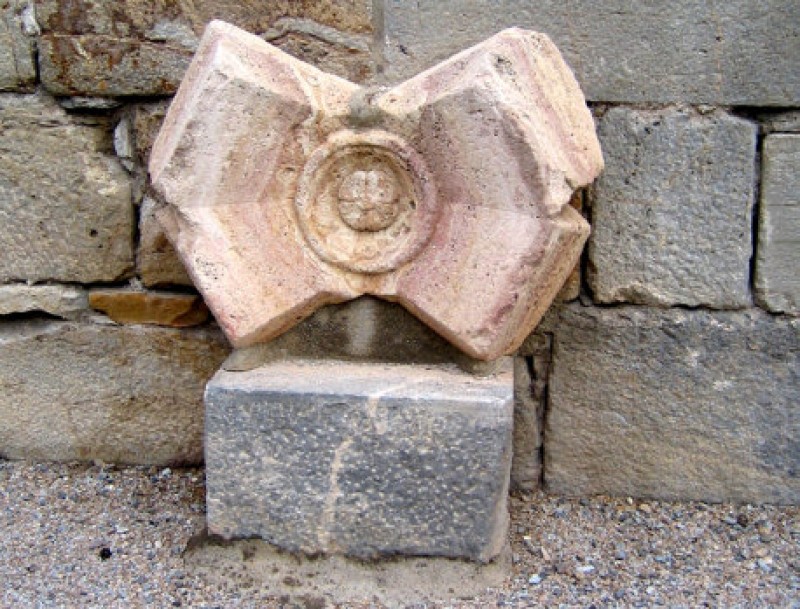
Standard 3.75 euros (or 4.25 euros including the use of the panoramic lift).
Reduced fee 2.75 euros (or 3.25 euros including the use of the panoramic lift) for under 12s, pensioners, students up to the age of 25, unemployed, disabled, large families, groups of 20 or more.
Children aged 3 or under are admitted free of charge.
Audioguides
Audio guides are available at a cost of 2.50 euros and can be used to complete your visit in the order you like and taking as much time as you like. The guides are supplied in Spanish, English, French, German and Russian.
How to get there
Accessibility and services
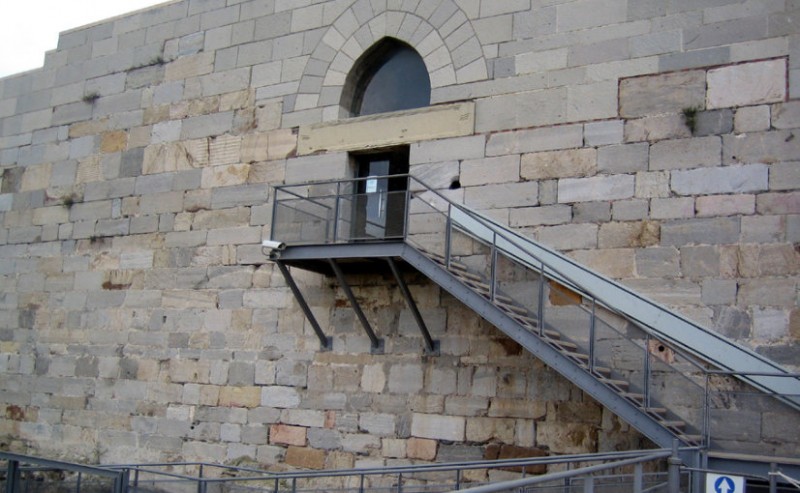
The panoramic lift makes this an accessible visit even for those of limited mobility, and in addition, the following services are on offer at the museum for those with disabilities and impairments:
Adapted toilets.
Audio-visuals with sub-titles in English and Spanish and oral commentary in Spanish for people with visual and hearing disabilities.
Reduced admission fees for the disabled (see above).
Guide dogs are admitted with the corresponding accreditation.
There is a small selection of gifts and souvenirs on sale as well as vending machines selling soft drinks and snacks.








